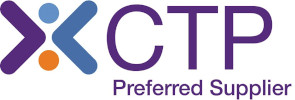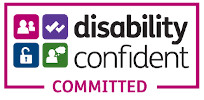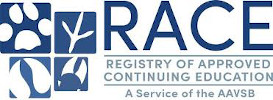Level 3 Award in Small Animal Care and Welfare
MAKE AN ENQUIRY
| Ofqual Code | 610/3425/3 |
|---|---|
| Qualification Level | 3 |
| Award Type | Award - Learners can expect their certification within 6 months of completing the course, following the (EQA) External Quality Assurance of assessment. All course fees, inclusive of all payment plans including our Premium Credit Limited option, must be settled before certification can be ordered. |
| Guided Learning Hours | 70 |
| Credits | 11 |
| Study Mode | Online |
| Start Date | Anytime |
| Enrolment will be valid for | You have 24 months to complete your course. |
| Entry Criteria | This course is open to anyone aged 16 and above. However, it is expected that learners have working knowledge of at least Level 2. |
| Assessment Method | Variety of in-depth assessments for each unit. |
| Awarding Organisation | SEG |
| . | . |

Click below to download our guide to Small Animal Care and Welfare
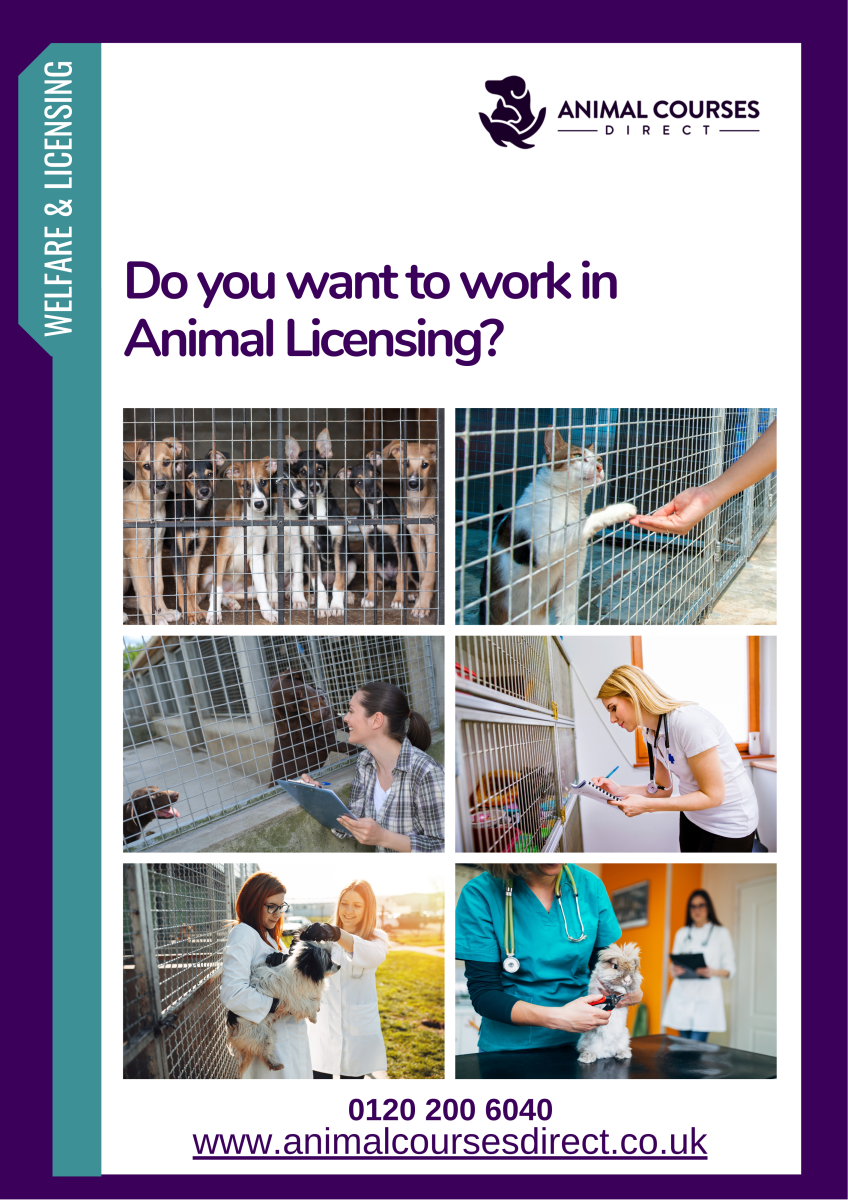
Download our guide to Small Animal Care and Welfare
The Level 3 Award in Small Animal Care and Welfare is an Ofqual regulated qualification that meets the DEFRA Animal Activity Licensing Regulations. This qualification has been carefully developed to allow students to apply for careers in Animal Care. This qualification is ideal for anyone who is seeking a career in kennels, rescue centres, animal charities and other animal-related businesses.'
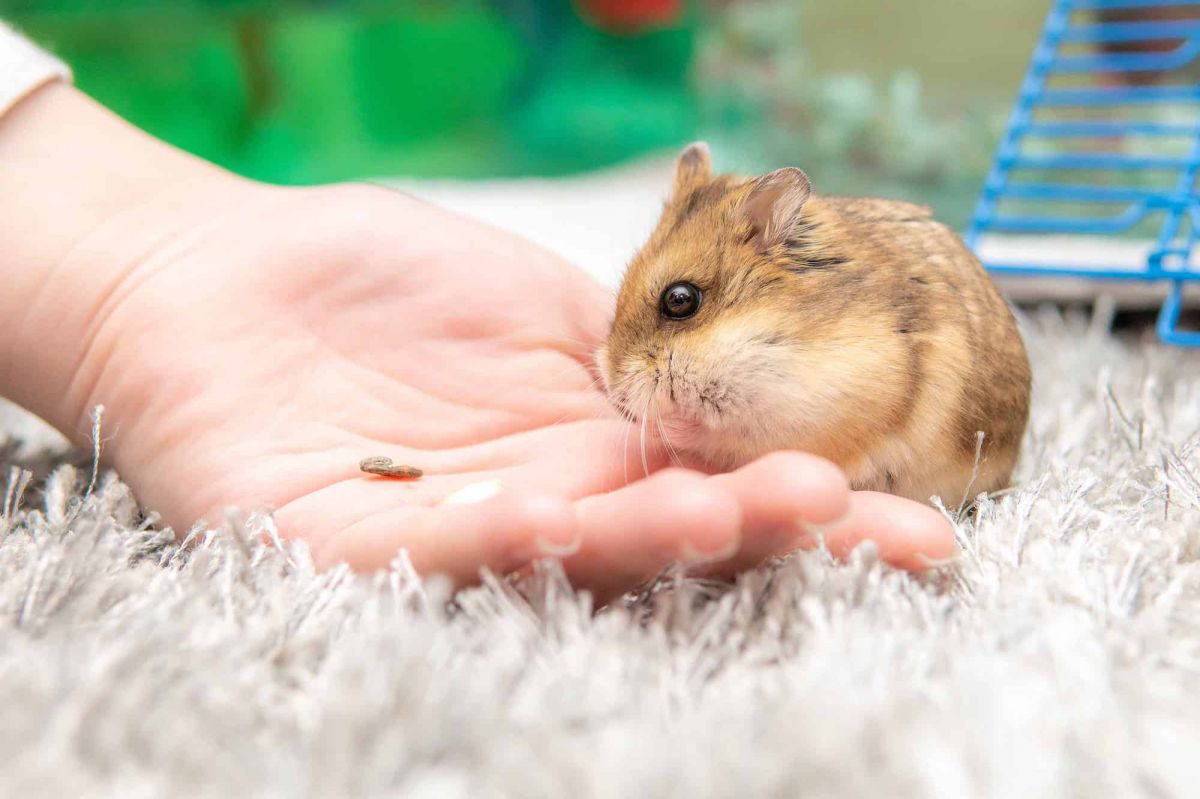
Unit 1
Small Animal First Aid
In this unit, learners will examine the reasons for and rules around the provision of first aid to small animals, looking at different types of emergency situations and how to deal with these if they occur.
Unit 2
The Needs of Small Animals
Learners will know how to correctly ensure welfare is upheld and why it is an important part of small animal care. This unit will explore the necessary health and welfare measures to take when looking after small animals, along with governing legislation.

About the qualification
The Level 3 Award in Small Animal Care and Welfare has been designed to provide learners with an introduction to the care and welfare of small animals. This Ofqual regulated qualification meets the DEFRA Animal Activity Licensing Regulations.
Over the course of two units, learners will have the opportunity to learn about small animal first aid and welfare. Learners will increase their understanding of how to appropriately care for small animals and the legislation involved.
Progression
Learners may progress on to further studies within animal care or even employment in roles such as pet boarding, pet shops or small animal rescues.
Learners could also look to progress within various other regulated qualifications within the animal care sector to expand on their knowledge and experience in animal care further.
Register My Interest

GET YOUR NUS EXTRA/ TOTUM CARD
All students who complete qualifications from level 3 or above are eligible for the NUS extra / Totum Card, which gives you access to over 200 UK student discounts with brands like Co-op, Amazon and ASOS. Apply and find out more at https://www.totum.com/





